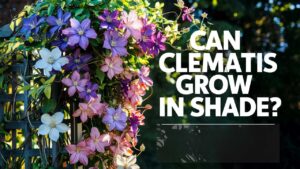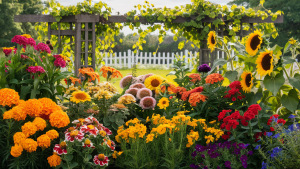Below, we will explore a variety of evergreen plants ideal for foundation planting, highlighting their unique features, benefits, and suitability for different landscapes.
Gardenia
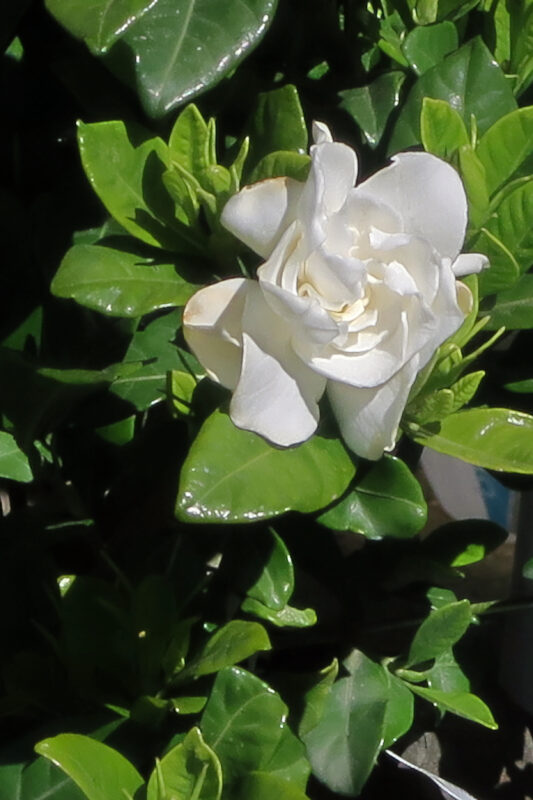
One of the most beloved evergreens is the Gardenia, known for its lush, glossy foliage and aromatic white flowers. This perennial favorite thrives in warmer climates and offers visual interest year-round. Gardenias add a romantic touch with their intoxicating fragrance, especially in spring and early summer when they bloom. These plants prefer acidic, well-drained soil and a bit of shade to thrive beautifully. They’re perfect for foundation planting near entryways where their delightful scent can be enjoyed. Additionally, their dense growth makes them excellent natural screens, providing both beauty and privacy.
Boxwood
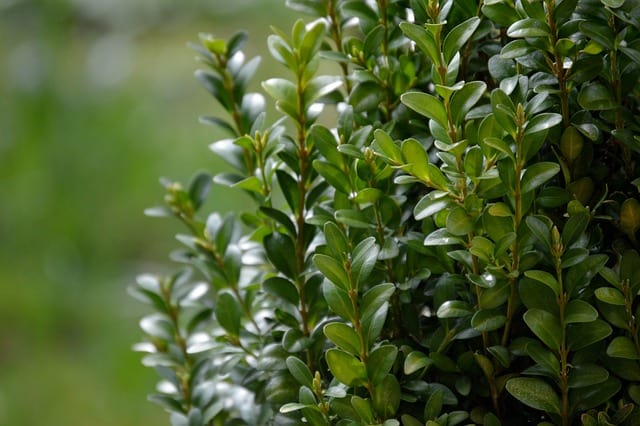
Boxwoods are classic staples in the world of foundation planting. Their versatility and dense, evergreen foliage allow them to be shaped into various forms, providing structure to landscapes. This plant is hardy and thrives in various soil types and conditions, making it particularly adaptable. Boxwoods can be used as low hedges or highlighted in garden beds for added dimension. Their evergreen nature ensures your foundation planting is lively all year. They also respond well to pruning, allowing homeowners to maintain their desired shape and size, making them an excellent choice for formal landscapes.
Inkberry Holly
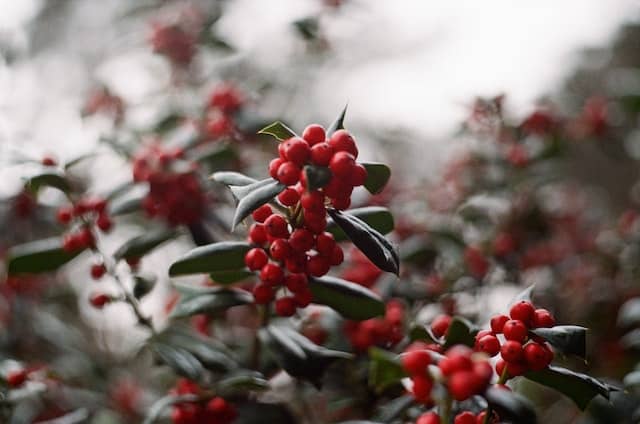
Inkberry Holly, a native evergreen, stands out with its unique dark, glossy leaves and black berries that birds love. Its compact, rounded form makes it a great choice for foundation planting, offering a modern twist to traditional hedges. Unlike some hollies, inkberry does not produce sharp thorns, which makes it a suitable landscaping choice without the risk of injury. It thrives in wet, acidic soils and can grow in partial to full shade. Additionally, inkberry holly’s adaptability to various landscapes allows homeowners to incorporate it effectively into their foundation planting designs.
Mirror Bush
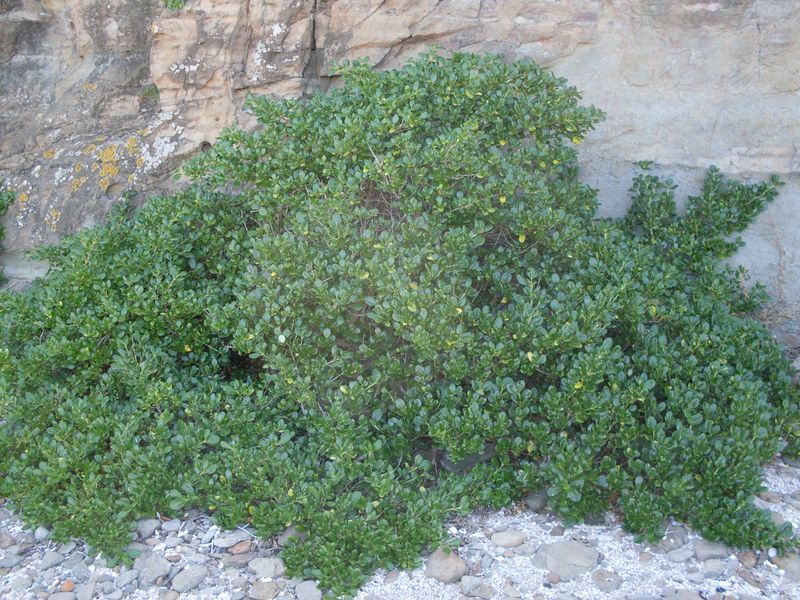
The Mirror Bush, or Coprosma, boasts glossy, colorful leaves that shimmer in sunlight, an appealing feature for gardeners seeking vibrant greenery. This plant is perfect for foundation planting because it is dense, bushy, and can easily be shaped to fit various garden designs. Its ability to withstand drought makes it an excellent choice for low-maintenance landscapes. Mirror Bush works well in both coastal and inland environments, making it versatile for different regions. Consider planting Mirror Bush in groups for a more stunning visual effect, especially alongside other contrasting plants.
Mountain Laurel
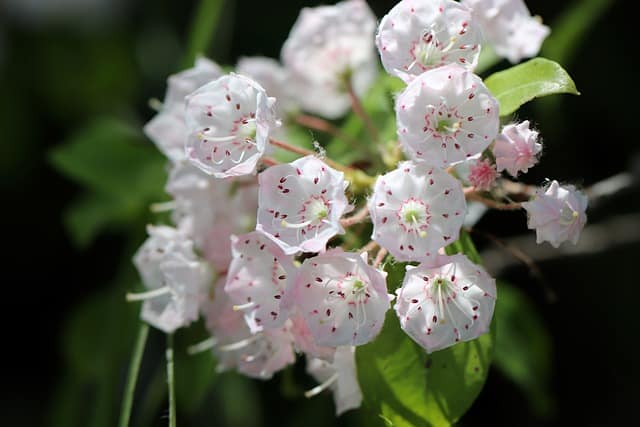
Mountain Laurel, or Kalmia latifolia, is a beautiful evergreen shrub with stunning flowers that bloom in spring. Its leathery leaves provide interest year-round, while the clusters of pink or white blossoms add a pop of color to foundation plantings. Mountain Laurel thrives in well-drained, acidic soils and prefers partially shaded areas, which makes it particularly ideal for planting in the dappled light beneath trees or on the north side of a home. Its natural, informal growth habit complements rustic and traditional landscapes, adding charm and elegance.
Bottlebrush Tree
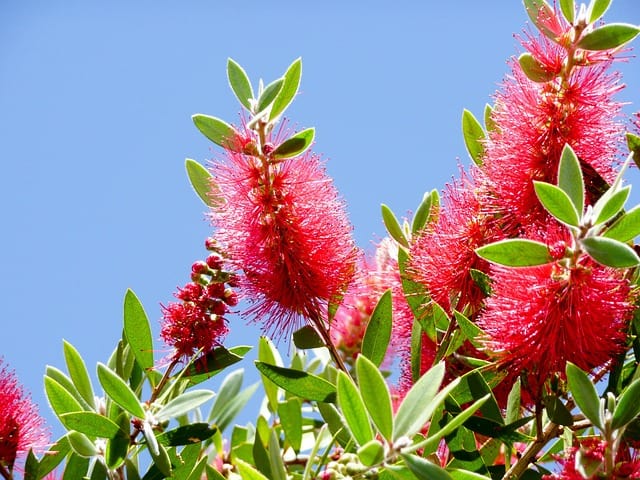
The Bottlebrush Tree, known for its unique flower spikes resembling a bottlebrush, brings a tropical flair to foundation plantings. This evergreen produces bright red, fluffy inflorescence that attracts hummingbirds and butterflies, enhancing the landscape’s vibrancy. It thrives in warm climates and prefers well-drained soil with full sun exposure. The Bottlebrush Tree is not only beautiful but also serves as a great screen or hedge, maintaining its shape easily with mild pruning. Utilize this plant in foundation planting to create a lively and welcoming atmosphere.
Arborvitae
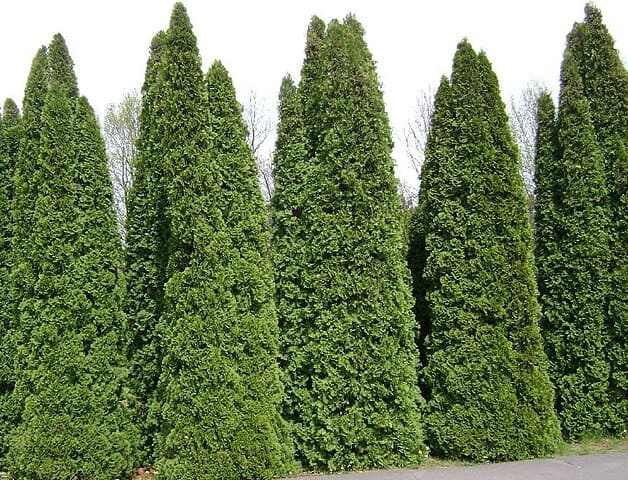
Arborvitae are coniferous evergreen trees that are perfect for providing verticality to foundation plantings. Their upright growth habit and dense foliage make them ideal for windbreaks and privacy screens. Arborvitae varieties range in size, making it easy to select a species that fits your specific foundation planting needs. They are low-maintenance once established and adapt well to various soil conditions. Additionally, their lush green foliage offers a beautiful backdrop that can enhance the colors of other flowering plants, creating a visually appealing foundation.
Camellia
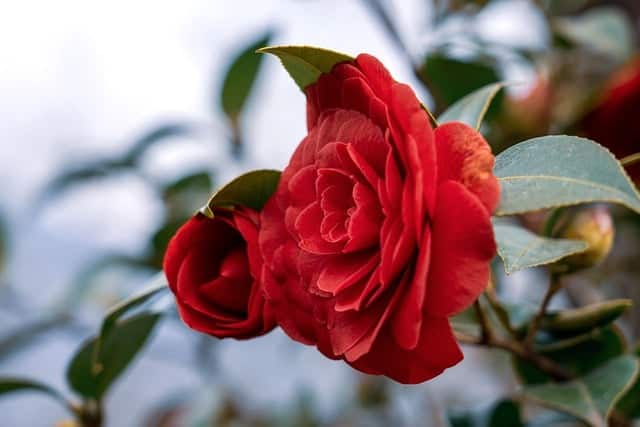
Camellias are evergreen shrubs that delight garden enthusiasts with their stunning blooms from fall to spring. They offer vibrant colors ranging from pure white to deep red, serving as an elegant accent in foundation plantings. Additionally, their glossy leaves provide a lush backdrop, even when not in bloom. Camellias thrive in well-drained, slightly acidic soils and prefer partially shaded areas, making them excellent choices for foundations located near trees or structures that provide afternoon shade. They also attract pollinators, contributing positively to local ecosystems.
Azalea
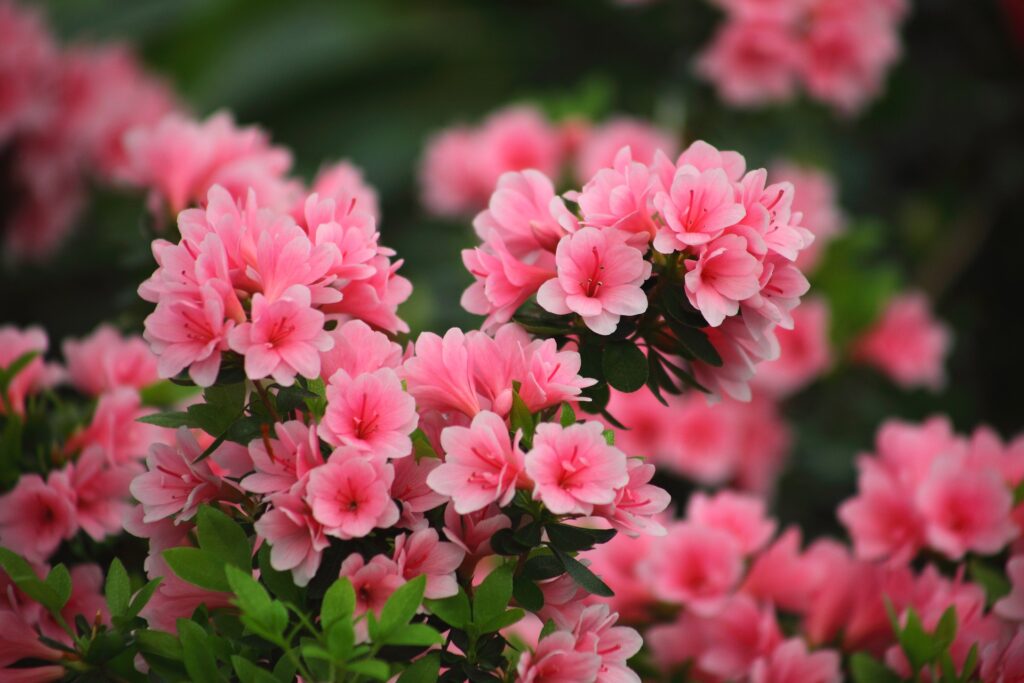
Azaleas are a must-have for those who appreciate a burst of color. These evergreen shrubs bloom profusely in spring, producing flowers in various colors, from soft pastels to vivid shades. Azaleas thrive in acidic, well-drained soil and prefer partial shade, making them versatile for foundation planting against walls or under trees. Their compact size allows them to be positioned alongside walkways or around entryways, creating a welcoming atmosphere. With a variety of species available, gardeners can select azaleas that offer continuous visual interest throughout the growing season.
Cleyera
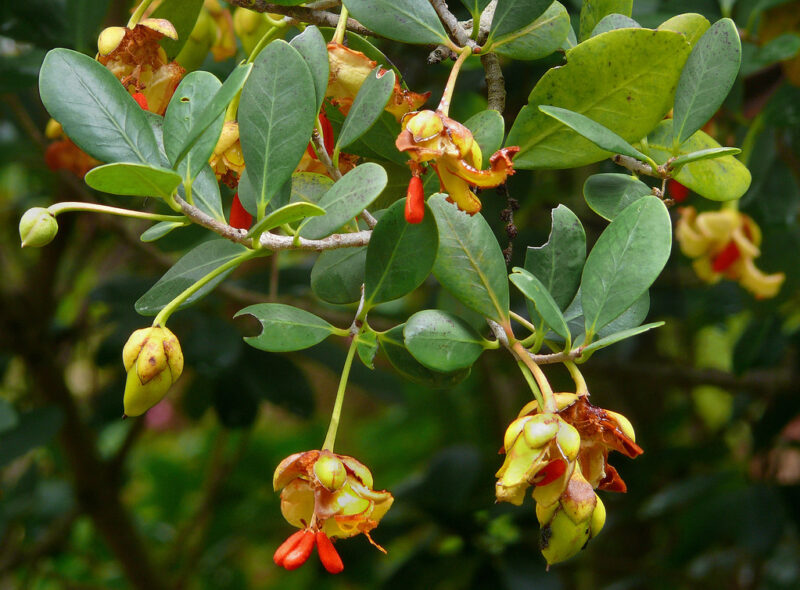
Cleyera is an evergreen shrub that offers rich, dark green foliage that can enhance any landscape. Its glossy leaves create a dense, bushy appearance, making it a fantastic choice for foundation plantings where privacy is desired. The plant is adaptable to different soil types and tolerates varying light conditions, thriving in both sun and shade. This versatility makes Cleyera an excellent option for many gardens. Its subtle seasonal changes add to its charm, as new growth emerges in a lighter hue, providing an attractive contrast against the darker, mature leaves.
Indian Hawthorn

Indian Hawthorn is a compact evergreen with attractive foliage and fragrant spring blooms. Its growth habit makes it perfect for smaller foundation plantings or low hedges, and it requires minimal maintenance once established. The evergreen leaves provide continuous greenery, while the summer berries attract wildlife, adding depth to your garden ecosystem. Indian Hawthorn prefers well-drained soil and full sun to partial shade, making it suitable for various locations around your foundation. When planted in groups, these shrubs can create a beautiful, informal transition between your home and the landscape.
Japanese Plum Yew
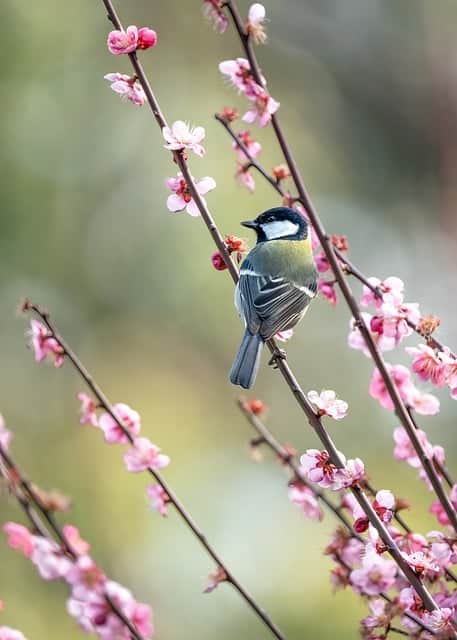
The Japanese Plum Yew is a lesser-known evergreen that offers a unique texture and elegance to foundation plantings. With its soft, needle-like leaves and compact form, it serves as a versatile option for various landscape styles. It thrives in partial shade, making it suitable for those tricky spots where sunlight is limited. The Japanese Plum Yew is low-maintenance and tolerant to a range of soil conditions, adding to its charm as a foundation planting choice. Its graceful habit creates a lovely backdrop for more colorful plants, allowing for intricate layering in your design.
Chinese Fringe Flower
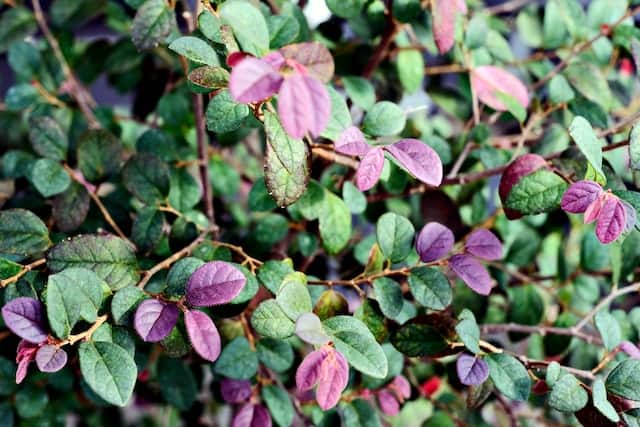
Chinese Fringe Flower is a charming evergreen shrub that displays delicate, fringe-like flowers in spring and vibrant burgundy foliage in fall. This unique combination allows it to stand out in any foundation planting design. It requires well-drained soil and thrives in full sun to partial shade, adapting well to various environments. Highly attractive to pollinators, Chinese Fringe Flower enhances your garden’s biodiversity while offering year-round visual interest. Its compact form makes it suitable for use as low hedges or as a colorful accent in mixed borders.
Aucuba
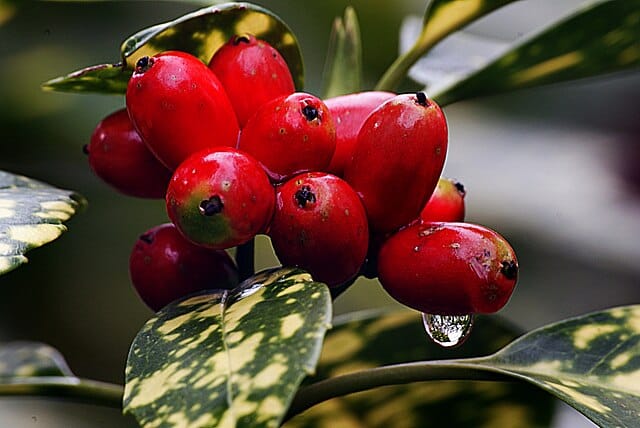
Aucuba, commonly known as the Gold Dust Plant, features striking, variegated foliage that adds a unique flair to your foundation planting. Its ability to thrive in shady conditions makes it a valuable option for those areas of your garden that don’t receive much sunlight. Aucuba’s bold yellow speckles against dark green leaves create a stunning visual contrast, ensuring your foundation remains visually appealing even in lower light. This evergreen shrub requires minimal maintenance, making it a hassle-free choice for busy homeowners. Its adaptability allows it to blend seamlessly into various design styles.
Cryptomeria
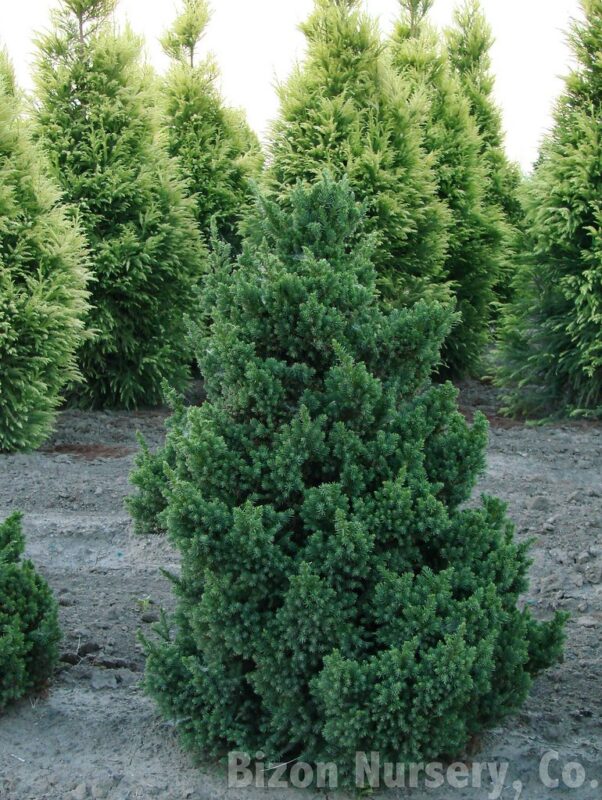
Cryptomeria, or Japanese cedar, is a magnificent evergreen tree that provides a majestic presence in any landscape. It features feathery, soft needles that create a unique texture compared to other evergreens. Cryptomeria thrives in well-drained, slightly acidic soil and prefers sunny spots. These trees grow relatively quickly and can reach impressive heights, making them ideal as focal points in foundation planting. Their dense nature also acts as a noise barrier, providing an additional functional element. Incorporating Cryptomeria not only elevates your aesthetic but contributes to a serene outdoor environment.
Juniper
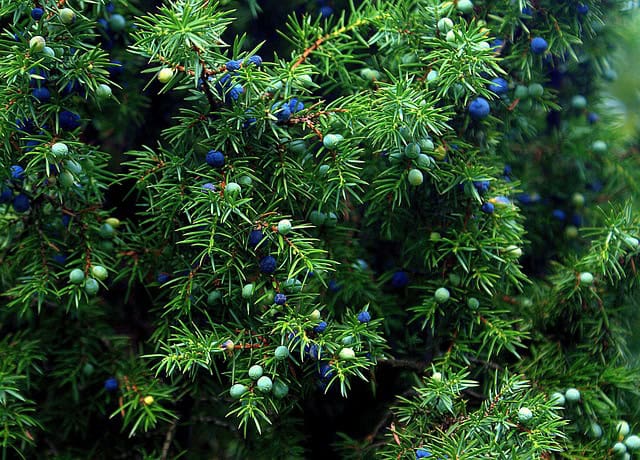
Junipers are diverse evergreens that come in various shapes, sizes, and colors, making them adaptable choices for foundation planting. From low-growing ground covers to towering specimens, junipers can fit into virtually any landscape. They are drought-tolerant and thrive in well-drained soil, making them perfect for low-maintenance gardens. Their ability to repel deer and pest resistance adds to their appeal, ensuring that your foundation plants remain healthy and vibrant. Consider mixing different juniper varieties for a rich, layered effect that offers continual interest throughout the seasons.
Japanese Pieris

Japanese Pieris, often referred to as ‘Lily of the Valley shrub,’ is an elegant evergreen that features attractive clusters of bell-shaped flowers. Blooming in early spring, its white to pink blossoms provide a lovely display against glossy green foliage. This shrub prefers acidic, well-drained soil and does best in partial shade. Its compact size makes it an ideal option for foundation plantings, especially along walkways or borders. The emergence of red-tinted new growth adds seasonal color, ensuring that this plant remains interesting throughout the year.
Distylium

Distylium is a versatile evergreen shrub that merits attention for its resilience and unique growth habit. With its small, leathery leaves and compact form, Distylium lends itself well to modern landscapes where clean lines are sought. It tolerates various soil types, including clay, and can withstand drought conditions, making it an excellent choice for low-maintenance foundation planting. Distylium also produces subtle blooms in winter and spring, offering interest during typically quiet seasons. Its adaptability means it can work well as a foundation plant in multiple gardening styles.
Wax Myrtle

Wax Myrtle is a fragrant evergreen shrub with aromatic foliage that serves as a beautiful addition to foundation plantings. Its ability to tolerate a range of soil conditions, including poor or wet sites, makes it highly adaptable. Wax Myrtle can grow into a dense shrub or be pruned into a tree form, offering flexibility in design. Its berries attract birds and wildlife, enhancing your garden’s ecosystem. With a relaxed growth habit, Wax Myrtle works particularly well in informal arrangements or as a natural screen that merges seamlessly with native landscapes.
Yaupon Holly
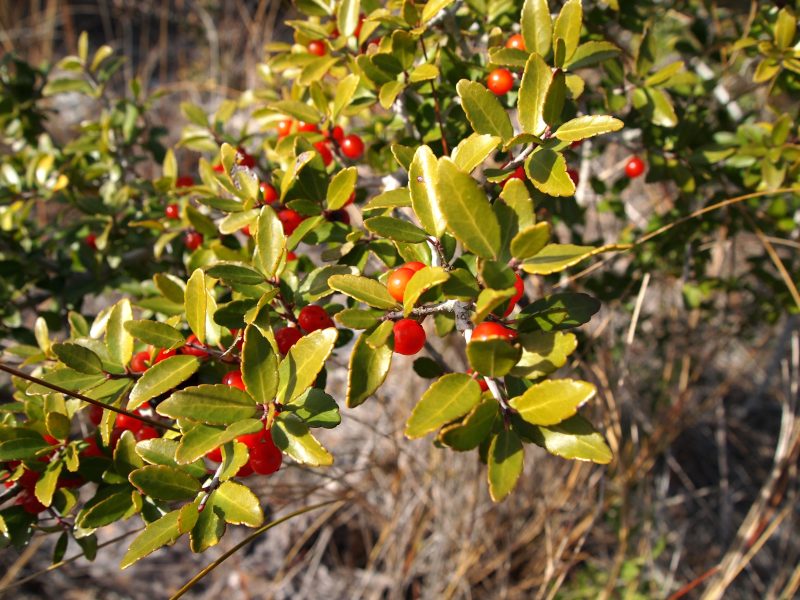
Yaupon Holly is a versatile and hardy evergreen that thrives in various landscapes, from coastal regions to urban gardens. Its small, glossy leaves and bright red berries provide a colorful pop during winter months. Yaupon is well-loved for its ability to be shaped into hedges or left to grow naturally, allowing for both formal and informal designs. It prefers well-drained soil and can tolerate varying light conditions. The attractiveness of Yaupon Holly extends beyond its visual appeal; it also serves as a valuable food source for birds in winter, adding ecological value to your garden.
Viburnum
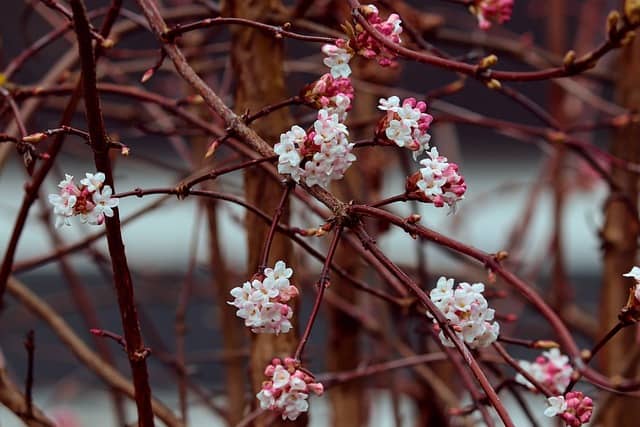
Viburnum is an excellent choice for foundation planting, offering a variety of species that provide seasonal interest and fragrance. Overviewed for its clusters of small white flowers and attractive berries, Viburnum thrives in many soil types and can adapt to both sun and shade conditions. The foliage changes color throughout the year, adding depth to your foundation. Its dense growth also makes it an ideal choice for natural hedges or privacy screens, allowing for various landscape applications. With its resilience and beauty, Viburnum enhances your garden year-round.
Abelia
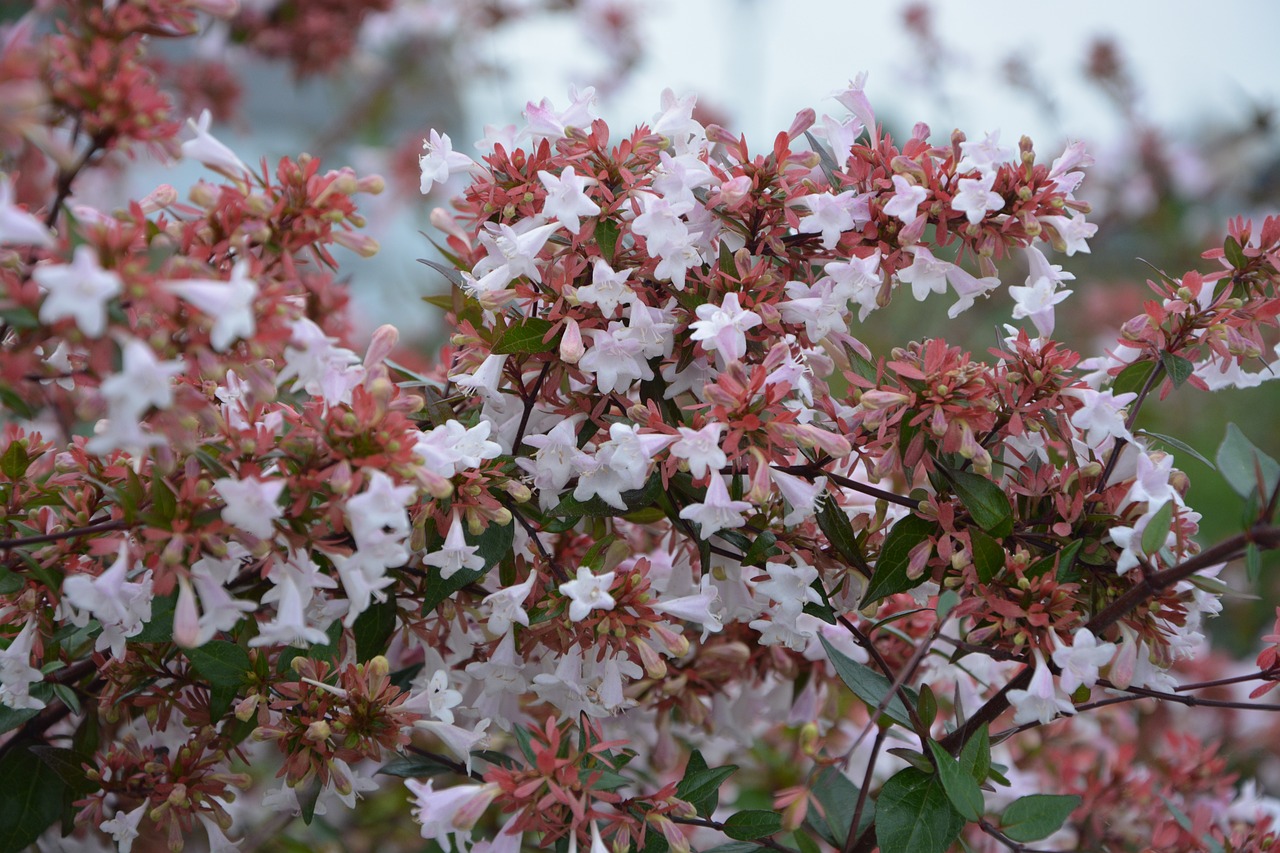
Abelia is a wonderful evergreen shrub known for its long-lasting blooms and fragrant flowers. The plant bears clusters of small, tubular flowers throughout the summer, often attracting pollinators like bees and butterflies. Abelia tolerates a range of soil types and prefers full sun, although it can thrive in partial shade as well. Its arching branches and glossy leaves create a graceful and soft appearance in foundation plantings. With minimal maintenance requirements, Abelia can flourish beautifully in any landscape without demanding excessive care from gardeners.
Tea Olive
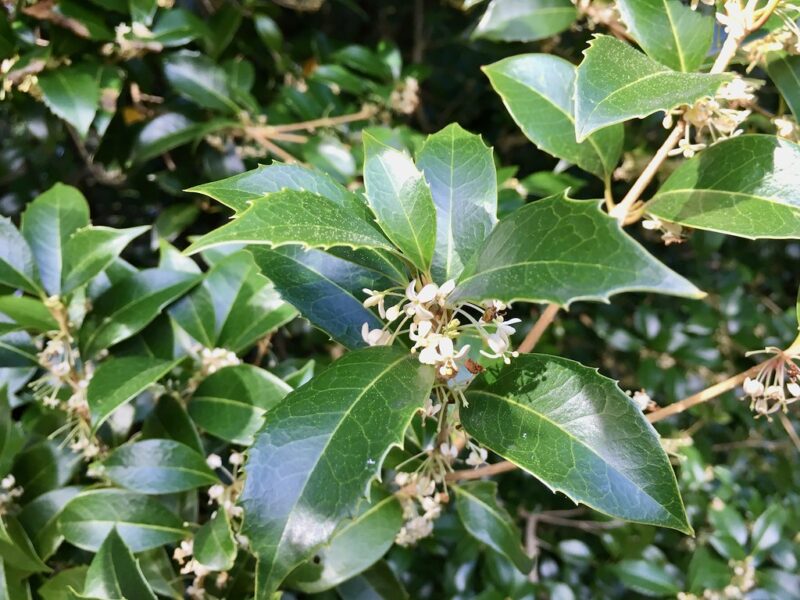
Tea Olive, or Osmanthus, is renowned for its fragrant flowers that bloom throughout the year, filling your garden with a delightful aroma. This evergreen shrub has glossy, dark green leaves that create a lush backdrop in foundation plantings. It thrives in various soil types, preferring well-drained conditions and full to partial sunlight. Tea Olive can be shaped into formal hedges or allowed to grow into a more natural form. The appealing growth habit, combined with its aromatic blooms, makes it a delightful addition that livens up any outdoor space.
Mahonia

Mahonia is a unique evergreen plant that not only offers year-round foliage but also produces stunning yellow flowers in winter. The leathery leaves develop a holly-like appearance and can add texture and interest to foundation plantings. Mahonia prefers well-drained soil and partial shade, thriving in woodland gardens. Its berries are enjoyed by various wildlife, adding ecological value to your landscape. Mahonia’s ability to persist through the seasons while providing vibrant color and texture makes it a fantastic option for diverse foundation designs.
Privet
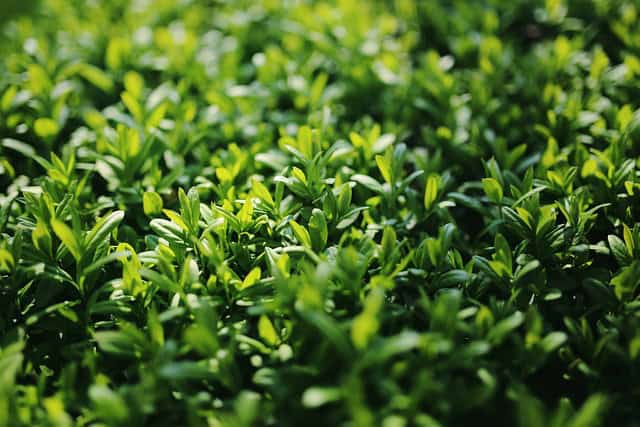
Privet is an evergreen shrub often used for hedging and screening due to its dense growth habit. This hardy plant is excellent for creating privacy around foundations or visual barriers between properties. Privet is adaptable to different soil types and can tolerate a range of light conditions, making it perfect for urban settings. With regular pruning, privet can maintain its shape easily, allowing homeowners to create clean lines in their landscapes. Its resilience and ability to thrive in varied climates make Privet a reliable choice for low-maintenance foundation plantings.



